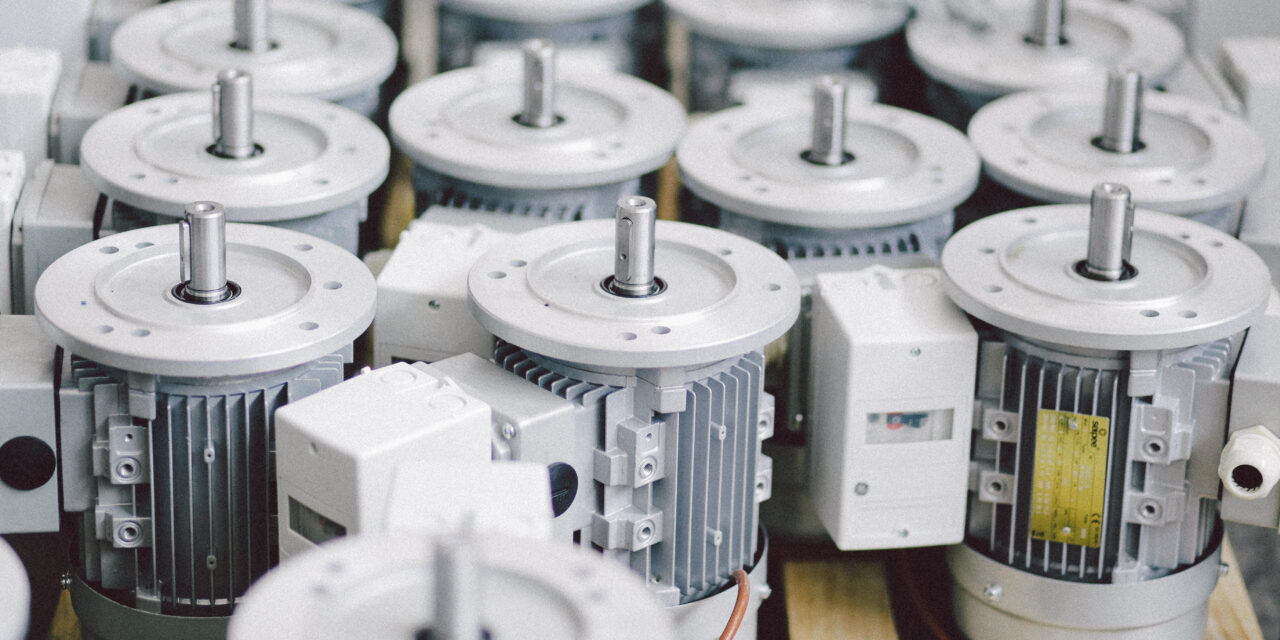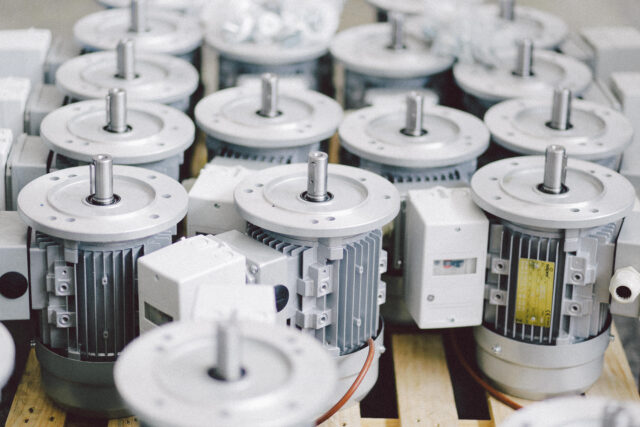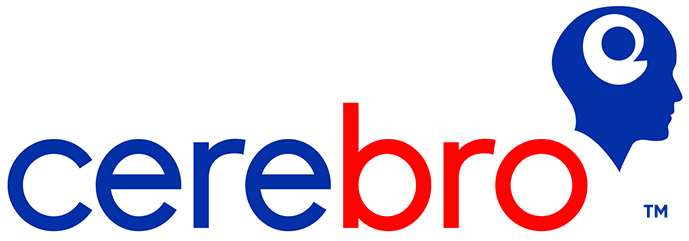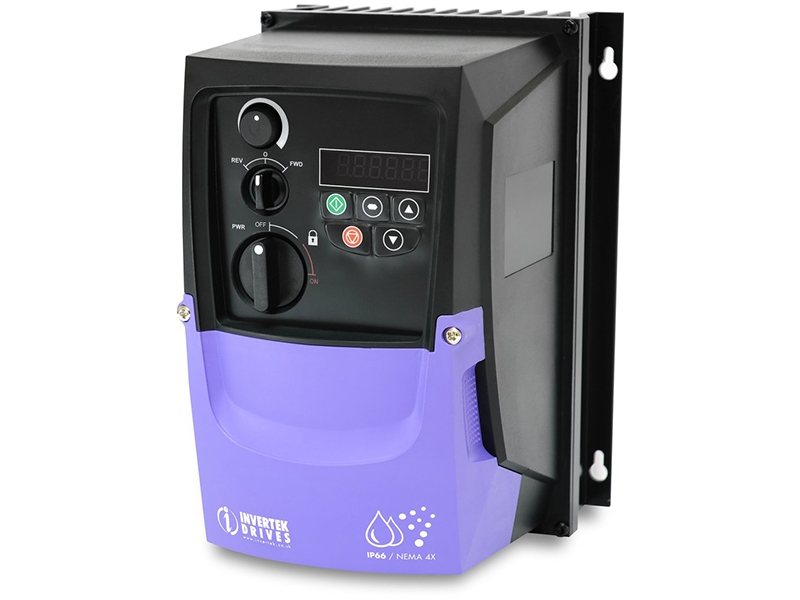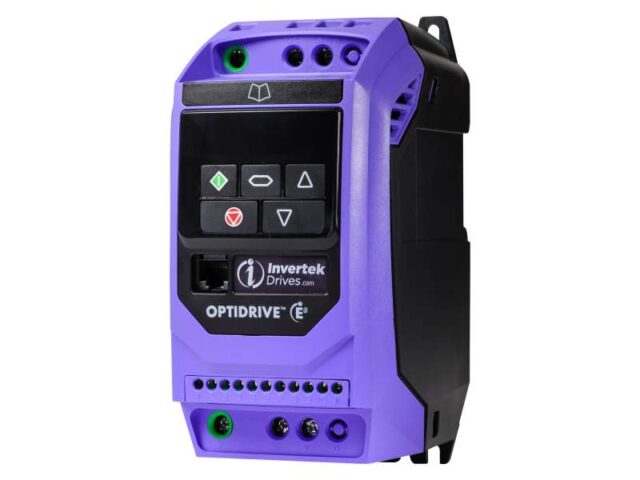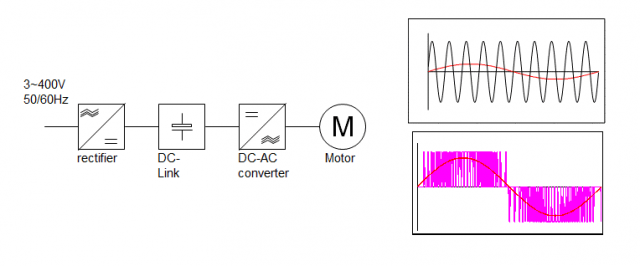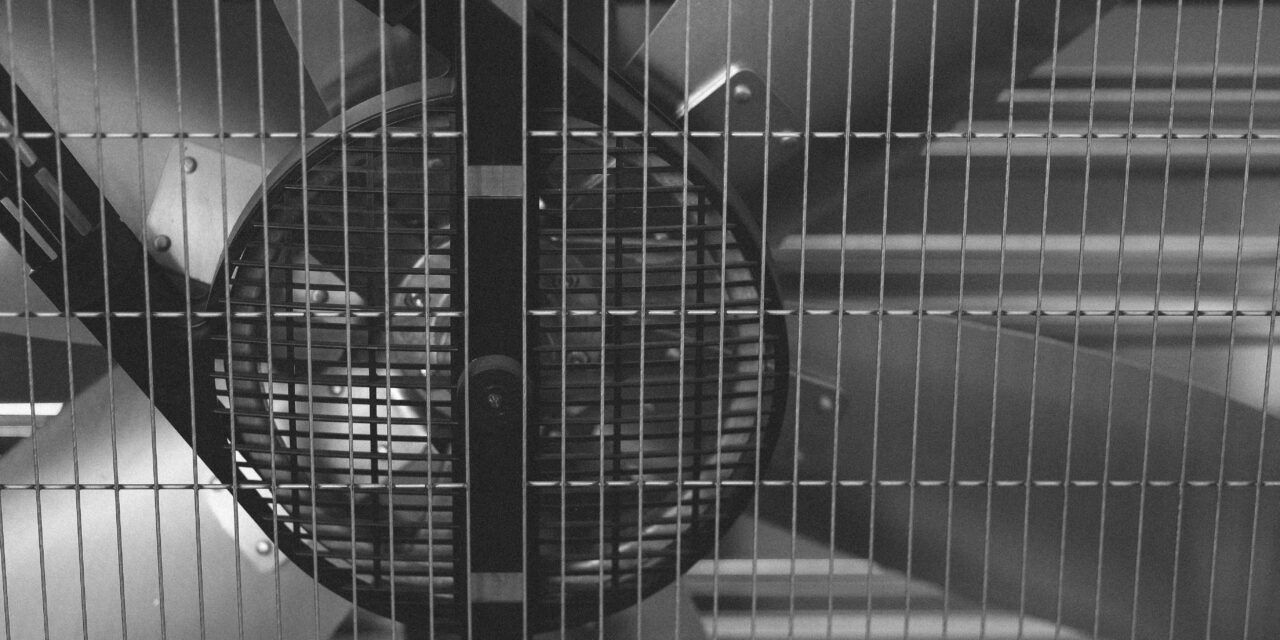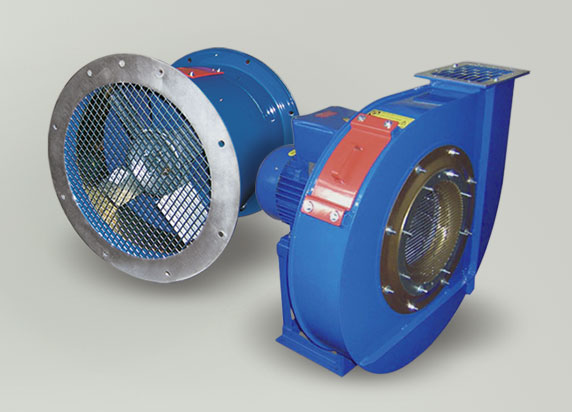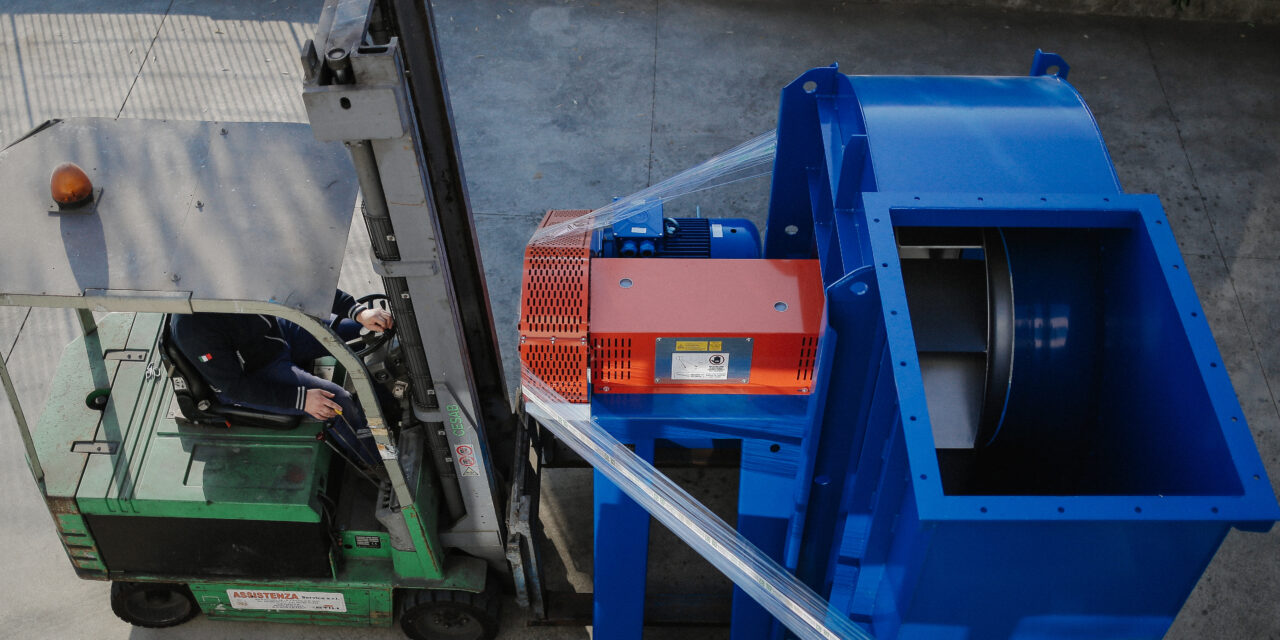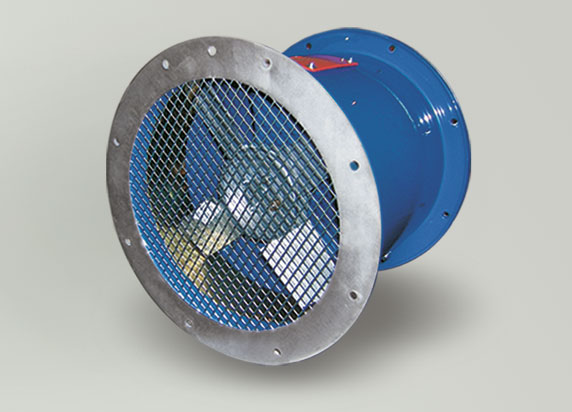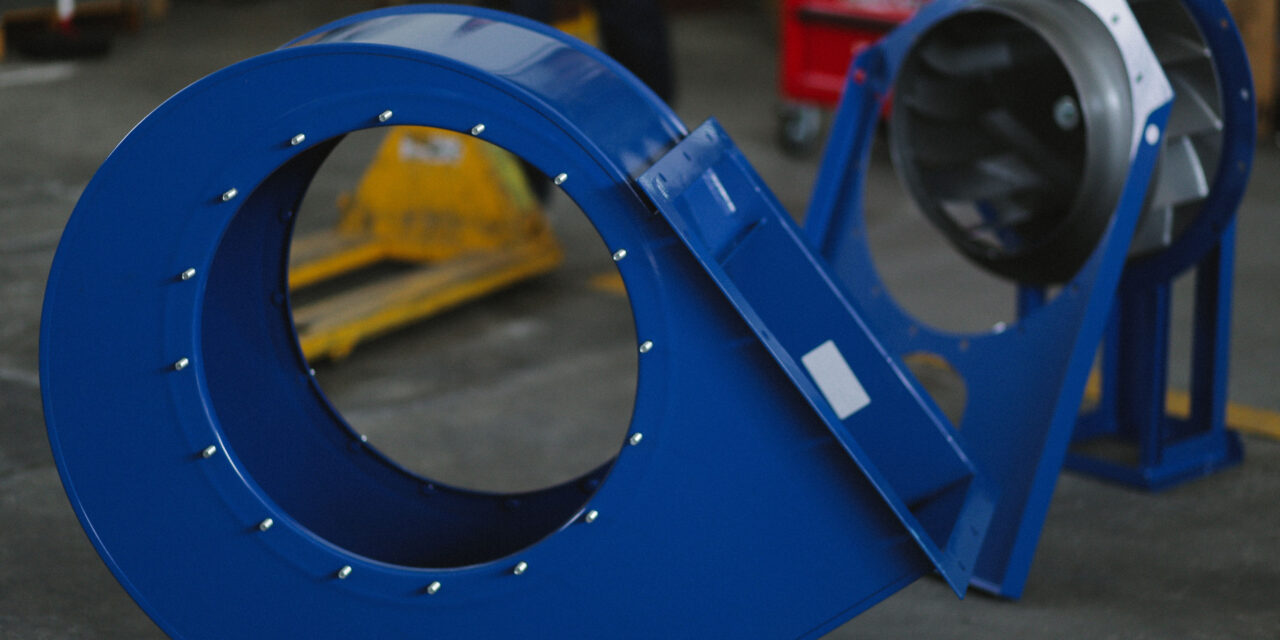
It's easy to install ventilation equipment and think you're done, but like anything designed to protect workers' health, proper scheduled maintenance and service are critical if you want to ensure it continues to work well over time.
So, what are the benefits of scheduled and preventive maintenance?
- The ventilation system works best. If a plant is clean, it will operate at full capacity, as there will be no friction with dust, dirt and other debris that can inevitably end up in the plant.
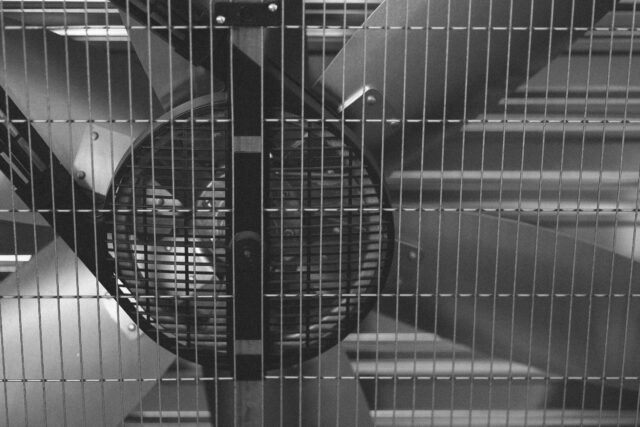
- Management costs,
They are significantly reduced if you follow a planned preventive care regimen, instead of dealing with failures on a case-by-case basis. Requesting interventions on a weekly basis is much more expensive than a scheduled maintenance service on your own needs.
- Fewer spare parts.
With failures come the costs of spare parts, as the system is often not repairable. A dedicated staff member will have to continually tidy up spare parts when their time could be better spent on other tasks. Not to mention the costs involved in the continuous reordering of new spare parts.
- User errors or training gaps can be identified.
This could be the cause of all kinds of problems, such as extra pressure on the system. Operator training is essential and can help ensure that systems do not break.
Taking into account these activities, the staff will have the right tools and skills to use the machinery correctly and to keep it clean, and maintenance will be scheduled in advance in order to always guarantee maximum efficiency, so as to allow the company to continue to grow.

